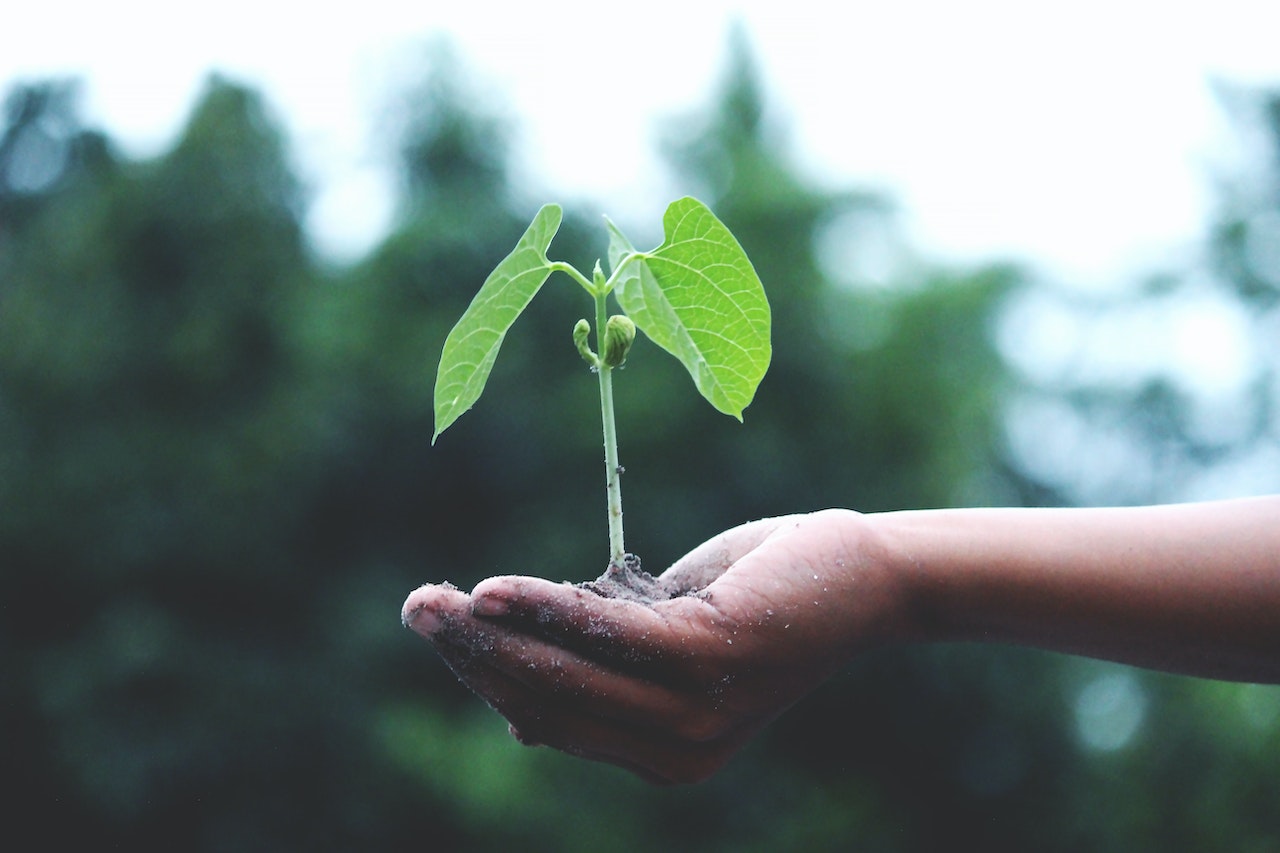This post was originally published on Sustainability Matters

Scientists at the University of Surrey have developed eco-friendly batteries that are not only designed to store more energy but could also help tackle greenhouse gas emissions. Lithium–CO2 ‘breathing’ batteries release power while capturing carbon dioxide, providing a greener alternative that may one day outperform today’s lithium-ion batteries.
Until now, lithium-CO2 batteries have faced setbacks in efficiency — wearing out quickly, failing to recharge and relying on expensive rare materials such as platinum. However, researchers from Surrey have found a way to overcome these issues by using a low-cost catalyst called caesium phosphomolybdate (CPM). Using computer modelling and lab experiments, tests showed this simple change allowed the battery to store more energy, charge with far less power and run for over 100 cycles.
The study, published in Advanced Science, marks a promising step towards real-world applications. If commercialised, these batteries could help cut emissions from vehicles and industrial sources — and scientists even imagine they could operate on Mars, where the atmosphere is 95% CO2.
Dr Siddharth Gadkari, lecturer in Chemical Process Engineering at the University of Surrey and corresponding author of the study, said, “There’s a growing need for energy storage solutions that support our push toward renewable power while also tackling the growing threat of climate change. Our work on lithium–CO2 batteries is a potential game-changer in making that vision a reality.
“One of the biggest challenges with these batteries is something called ‘overpotential’ — the extra energy needed to get the reaction going. You can think of it like cycling uphill before you can coast. What we’ve shown is that CPM flattens that hill, meaning the battery loses far less energy during each charge and discharge.”
To understand why the CPM worked so well, teams from Surrey’s School of Chemistry and Chemical Engineering and the Advanced Technology Institute used two approaches. First, they dismantled the battery after charging and discharging to study the chemical changes inside. These post-mortem tests found that lithium carbonate, the compound formed when the battery absorbs CO2, could be reliably built up and removed — an essential feature for long-term use.
They then turned to computer modelling using density functional theory (DFT), which allows researchers to explore how the reactions unfold on the material surface. Results showed how the CPM’s stable, porous structure offered a suitable surface for key chemical reactions.
Dr Daniel Commandeur, Future Fellow at the University of Surrey and corresponding author of the study, said, “What’s exciting about this discovery is that it combines strong performance with simplicity. We’ve shown that it’s possible to build efficient lithium–CO2 batteries using affordable, scalable materials — no rare metals required. Our findings also open the door to designing even better catalysts in the future.”
The discovery is said to open new doors for developing low-cost, easy-to-make battery materials. With further research into how these catalysts interact with electrodes and electrolytes, lithium–CO2 batteries could become a practical, scalable way to store clean energy, while helping reduce carbon in the atmosphere.
Image caption: Lithium–CO2 ‘breathing’ battery at the University of Surrey.





0 Comments